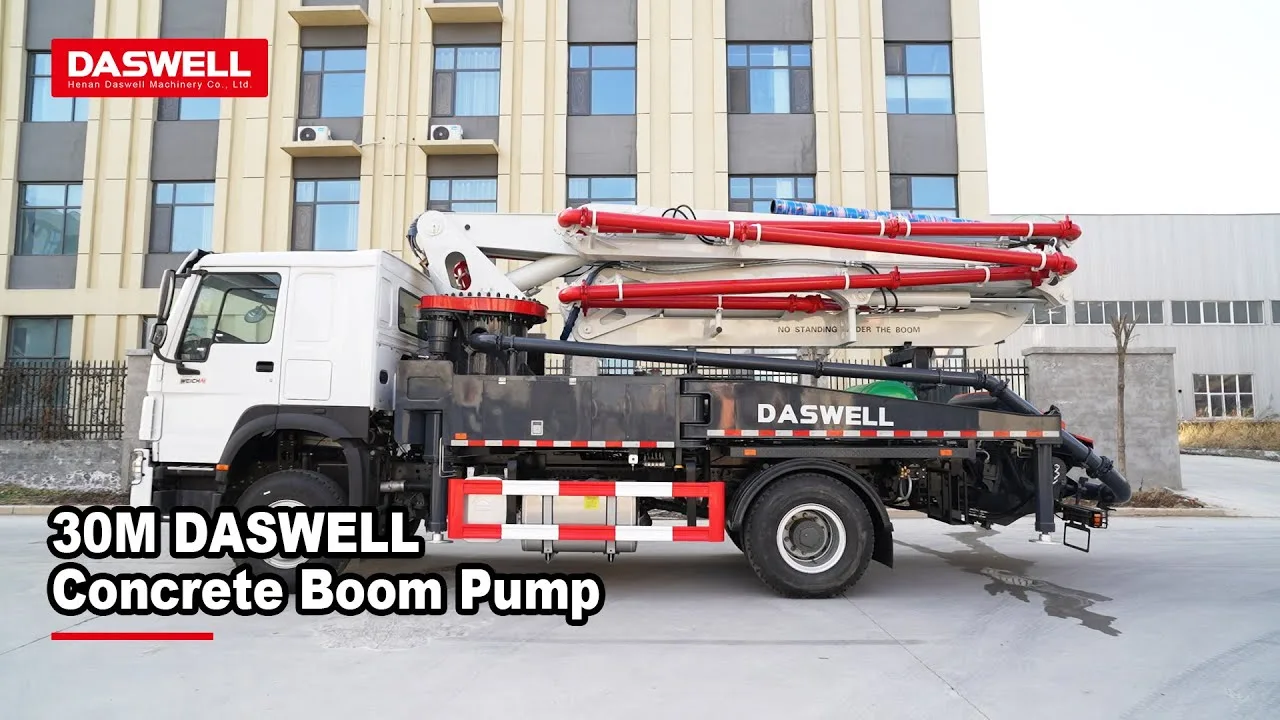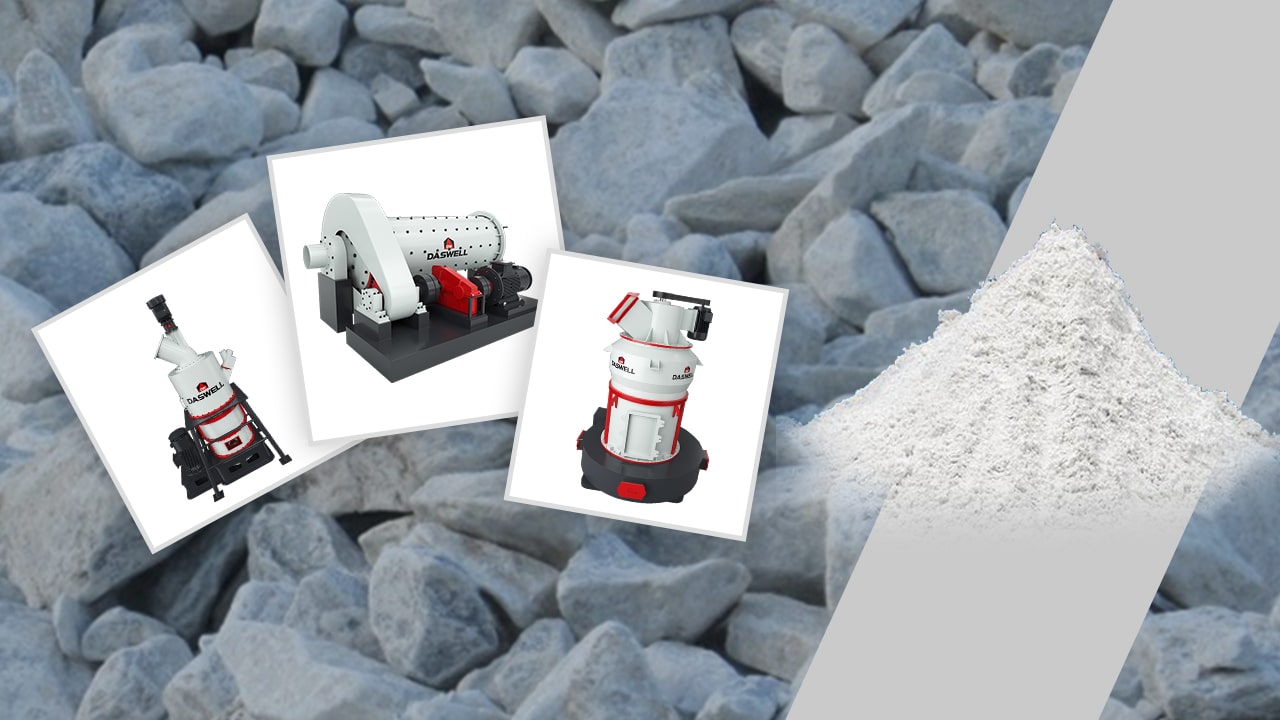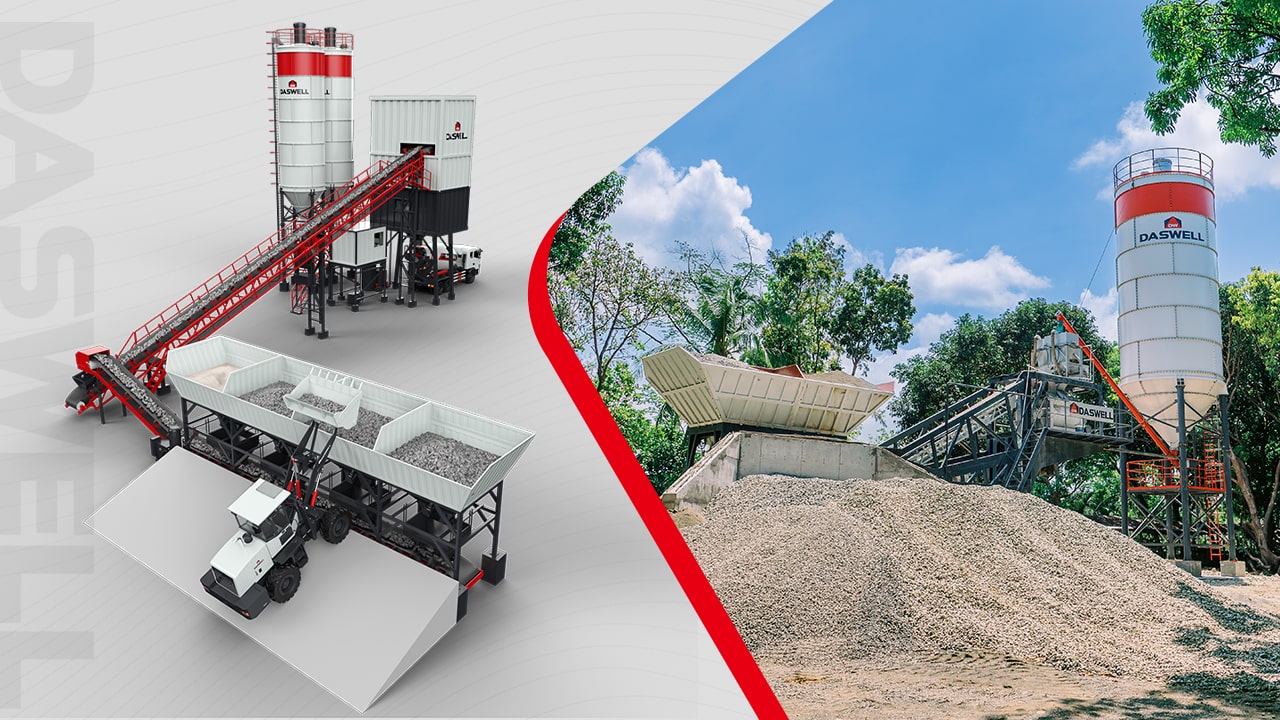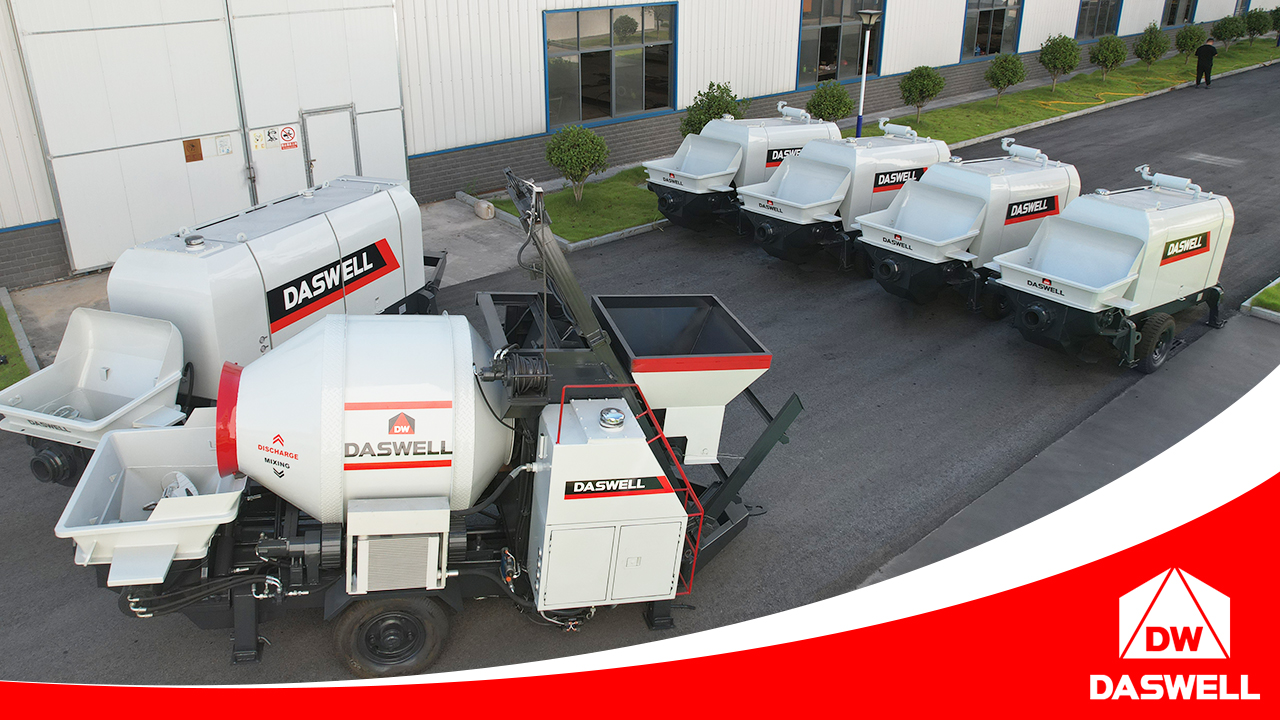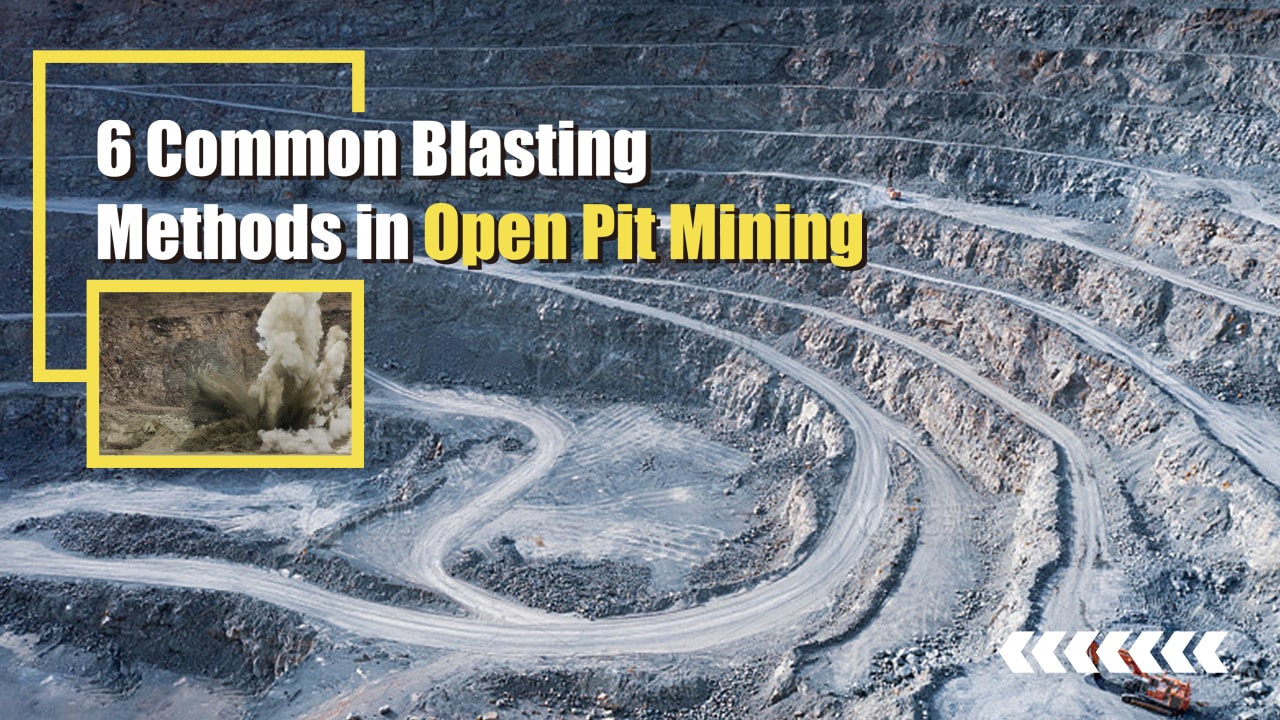9 Tips for Improving the Quality of Sand and Gravel Aggregate
Sand and gravel aggregate is the most basic component of concrete and plays an important role in concrete construction. About 1.5 cubic meters of sand and gravel aggregate is required for every cubic meter of concrete. Therefore, the quality of sand and gravel aggregate affects the quality of the project to a certain extent.
With the construction of infrastructure such as roads, railways, and houses, the market demand for sand and gravel aggregates is increasing. The production of high-quality sand and gravel aggregates has also become more important. This article will share some tips that can improve the quality of sand and gravel aggregates.
1.Selecting the right parent rock
The quality of sand and gravel aggregate must be controlled from the selection of raw materials in order to produce finished products that meet the requirements.
First of all, the quality of parent rock directly affects the quality of artificial sand. Therefore, selecting qualified parent rock is a very important step. The parent rock needs to select the parent rock that has passed the radioactivity test and the alkali-aggregate reaction experiment.

Secondly, select the limestone, dolomite and other parent rocks with medium hardness and low silica content. Then, choose hard and brittle parent rocks such as granite and tuff. Do not choose parent rocks with high compressive strength and toughness such as basalt and quartzite as feed materials.
Finally, try to choose the parent rock with less impurities such as soil and light matter.
The work of raw material mining quality control consists of overburden cleaning and raw material charging. After the overburden is cleared, it will be confirmed by the geological engineer, and then the raw material mining will be carried out. The processed raw materials are directly inspected by full-time quality inspectors, and the raw materials that are seriously weathered or have a lot of debris or mud are treated as waste, and the quality of raw materials is actively controlled from the source of production.
Methods of parent rock mining
Surface Mining: This is a common mining method and is applied to open pit deposits or rock outcroppings. Removal of parent rock from surface mining areas by means of blasting, excavation and transport equipment.
Drilling and blasting: This method is used when larger blocks of parent rock need to be broken. A hole is drilled through the parent rock by means of a drilling machine and a blasting charge is placed in the hole. Then, the drug is detonated to break the parent rock into manageable chunks.

Cutting method: This method is suitable for harder rocks, such as granite. The parent rock is cut by mechanical equipment, such as rock cutters, saw blades, etc.
Tunneling method: This method is often used in underground mining and is suitable for buried deep parent rock. By excavating ramps or tunnels, the underground deposit is accessed and the mother rock is mined.
2.Choose the right sand making equipment
According to the local climate characteristics and the characteristics of the parent rock, try to choose the dry processing process and cost-effective crushing equipment.

For medium-soft materials such as limestone, impact crushers can be used instead of hammer crushers. This is because the aggregates processed by the hammer crusher have high needle flake content, many dark cracks inside the aggregate, low crushing value, and high solidity loss value.
For rock hard materials such as granite, a multi-cylinder cone crusher with laminated crushing function is used for fine crushing, which can reduce the needle-like flake content of sand and gravel aggregates and reduce the pressure of subsequent aggregate shaping.
3.Remove soil before coarse crushing
Because the parent rock raw materials are mixed with soil, weathered rocks of mountain skin, etc., these impurities with low compressive strength are generally small in particle size. Before coarse crushing, the combination of bar feeder and soil removal sieve is used to pre-screen impurities to improve the quality of the finished sand and gravel aggregate.
4.Choose the suitable screening equipment and fine powder separator
The screening load of the vibrating screen should be moderate, and more than two layers of screening machines should be used. And the screen should be in the form of square holes as much as possible, and the appropriate mesh size should be determined.
Dry sand making should choose a fine powder separator or dust collector with frequency conversion speed regulation function, which can adjust the stone powder content in the finished sand. Wet sand making should choose a suitable sand washing machine, and the water consumption and screw speed in the sand washing machine should be reasonable.
5.Adopt dry sand making mode
(1)When used as artificial sand for the production of high performance concrete or dry mixed mortar, the parent rock should be used on the basis of meeting the requirements. The raw material should also be stone debris or clean rice stone with particle size of 5-15 mm after pre-removal of soil and fine powder, and the building station sand making system should be used as far as possible.

(2)When the finished sand is to be used as the raw material of the concrete mixing plant, the moisture content of the parent rock should be less than 3%, and the soil content should be less than 1%. When the finished sand is to be used as raw material for dry-mixed mortar, the moisture and soil content of the parent rock should be less than 1%, in order to ensure that the moisture content of the finished non-drying machine-made sand is less than 0.5%.
(3)When the sand making machine and the fine powder screening system exist at the same time, reasonably adjust the proportion of the 4.75-2.36 mm particle part in the finished sand. The excess part is returned to the sand making machine for circulating sand making.
According to the different uses of high-quality sand, adjust the content of stone powder in the finished sand, about 3%-10%, to meet the requirements of high-quality machine-made sand particle size gradation.
6.Solve the problem of powder coating
In the process of aggregate production, flushing measures are mainly taken to solve the problem of powder coating of aggregates. A regulating valve is installed on the flushing pipeline to control the flushing water volume according to the condition of the gross material and to ensure that the flushing water pressure is from 24.5 to 29.4 Pa.
7.Control of over diameter and under diameter
In the process of aggregate production, the control of over-diameter and under-diameter is mainly to meet the requirements of aggregate grading by increasing the frequency of aggregate inspection and adjusting the width of the processing opening. The main measures are:
(1)For coarse aggregate, it is necessary to install a slow down device at the end of the machine on the discharge belt to prevent the aggregate from being crushed and separated from the aggregate gradation due to a large drop.

(2)A separation wall is set between various finished aggregates to avoid mixing between oversized and undersized aggregates.
(3)Choose a reasonable screen aperture, check the screen once every working cycle, and replace it in time according to the wear condition.
(4)The stock materials of various finished product bins are regularly turned around and used, and the bins are cleared in time to avoid the accumulation of broken materials and powder materials.
(5)When the aggregate transport vehicle is loading, the material should be taken evenly, not all along the periphery of the material, to avoid the separation of the aggregate caused by the loading.
8.Control the content of needle flake aggregate
The control of the content of needle flake aggregate is mainly through the selection of equipment. Due to the different mineral composition and structure of various rocks, the grain shape and gradation of the rock after crushing are not the same.
The content of needle flake materials produced by different crushers is different. Jaw crushers produce aggregates with slightly higher needle flake content than gyratory crushers and cone crushers. The impact crushers produce aggregates with a lower needle flake content.
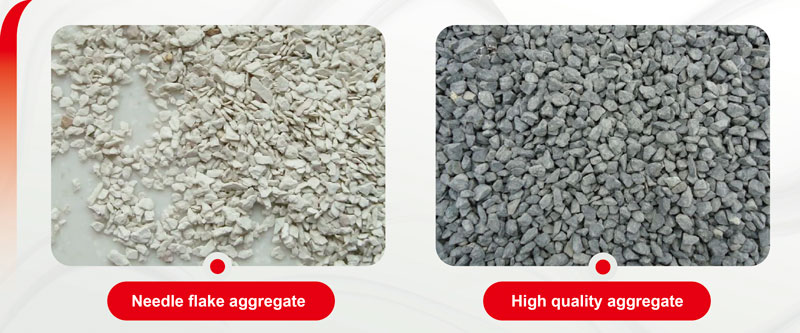
9.Install equipment to test the quality of machine-made sand
In order to ensure the stability of the quality of the machine-made sand, an online detection device is installed at the finished product export to detect the quality of the machine-made sand in real time and realize wireless networking for remote monitoring. When it is found that the quality of the aggregate does not meet the requirements, immediately conduct a consultation, propose a solution, adjust the equipment, and complete the controllability of the aggregate quality.
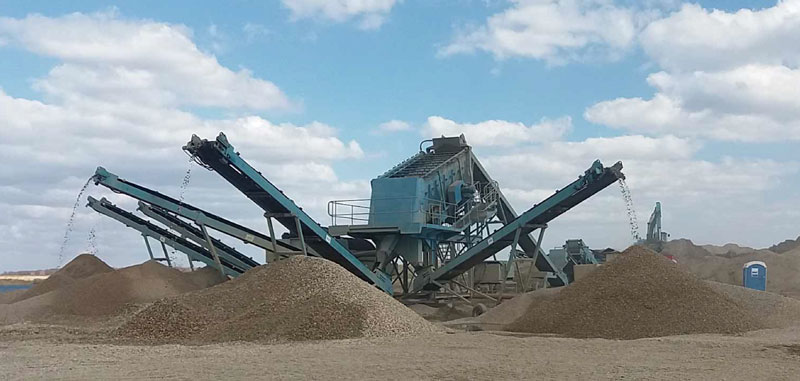
Machine-made sand is gradually replacing natural sand and widely used in engineering construction projects. Choose suitable sand and gravel raw materials, fully consider the possible influencing factors, such as needle-like aggregate content, mud content, moisture content and stone powder content, etc., and continuously increase the production quality control to improve the production quality of sand and gravel aggregates to ensure the overall quality of engineering projects.

